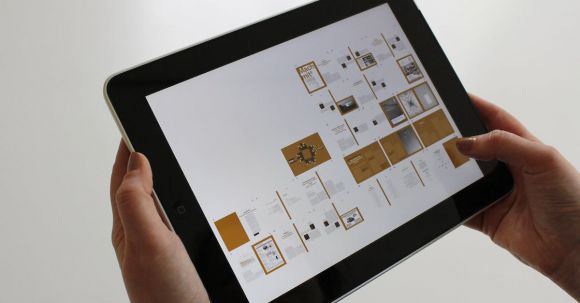The automotive industry has always been at the forefront of technological advancements. From the invention of the assembly line to the development of electric vehicles, the industry has consistently embraced innovation. One of the latest advancements poised to revolutionize the automotive industry is the Internet of Things (IoT) connectivity. In this article, we will explore how IoT connectivity will impact the automotive industry and the potential benefits it brings.
Enhanced Vehicle Safety
One of the key areas where IoT connectivity will have a significant impact is in vehicle safety. With the ability to connect vehicles to the internet, manufacturers can gather real-time data on various aspects of a vehicle’s performance. This data can be used to identify potential issues before they become critical, allowing for proactive maintenance and reducing the risk of accidents.
Additionally, IoT connectivity enables vehicle-to-vehicle (V2V) and vehicle-to-infrastructure (V2I) communication. This means that vehicles can communicate with each other and with traffic infrastructure to exchange information about road conditions, traffic congestion, and potential hazards. By providing drivers with real-time information, IoT connectivity can help prevent accidents and improve overall road safety.
Efficient Fleet Management
IoT connectivity also has the potential to revolutionize fleet management. With the ability to track and monitor vehicles in real-time, fleet managers can optimize routes, reduce fuel consumption, and improve overall operational efficiency. By analyzing data collected from vehicles, fleet managers can identify areas for improvement and make data-driven decisions to optimize their operations.
Furthermore, IoT connectivity enables predictive maintenance, allowing fleet managers to identify potential issues and schedule maintenance before they result in costly breakdowns. This not only reduces downtime but also extends the lifespan of vehicles, leading to cost savings for fleet operators.
Improved User Experience
IoT connectivity will also enhance the overall user experience for drivers and passengers. With connected vehicles, drivers can access a wide range of services and features right from their dashboard. This includes real-time traffic updates, weather information, and entertainment options. Additionally, IoT connectivity allows for seamless integration with smartphones and other devices, providing drivers with hands-free calling, messaging, and navigation.
Passengers can also benefit from IoT connectivity. With connected vehicles, passengers can access high-speed internet, stream media, and stay connected while on the move. This opens up new opportunities for entertainment and productivity on the road.
The Future of Autonomous Vehicles
IoT connectivity is a crucial enabler for the future of autonomous vehicles. With the ability to collect and process vast amounts of data in real-time, connected vehicles can make informed decisions and navigate complex environments. This includes identifying obstacles, adjusting routes, and communicating with other vehicles and infrastructure.
Furthermore, IoT connectivity allows for over-the-air updates, enabling manufacturers to continuously improve the software and functionality of autonomous vehicles. This means that autonomous vehicles can adapt to changing road conditions and regulations without the need for physical updates.
Conclusion: Embracing the Future of Automotive Technology
The automotive industry is on the cusp of a technological revolution, and IoT connectivity is at the forefront. From enhanced vehicle safety to improved fleet management and user experience, the impact of IoT connectivity on the automotive industry is vast. As the industry continues to embrace this technology, we can expect to see safer, more efficient, and connected vehicles on our roads. The future of automotive technology is exciting, and IoT connectivity is set to transform the way we drive.





